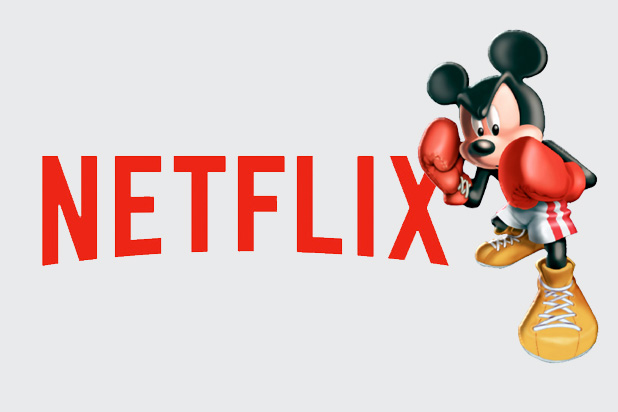I enter Albert Heijn and the first intuitive action I take is to take my phone out of my pocket and open Google Translate. Package labels here in the Netherlands are typically only in Dutch so as someone who does not speak the language, I have to rely on external help to interpret the texts. I open Google Translate, hit the camera button, hold my phone above a label and can understand virtually any text written on the package to some limitations.
Real-time translation today
Google launched a new service of Google Assistant that acts as a real-time translator for 27 languages (Liao, 2019). “Google announced that the voice assistant is getting a new “interpreter mode” that can translate in real-time so you can hold conversations with someone who doesn’t share the same tongue.” (Liao, 2019).
I start to wonder with such translating applications in the present, what is the point of learning foreign languages. Won’t we just use the same technologies with more advanced functionality in the future to interpret a language we don’t speak?
The example of a taxi driver
A good taxi driver 20 years ago had to know the map of his operating area in a pretty detailed manner to be able to navigate well. Today the same taxi driver uses an application on his phone that tells him which route to take. There is no need to speak ‘the language of the road’, to know the map by heart. Do foreign language skills translate to this example?
If an app will be better able to translate live spoken language than a person, it will save time and will prevent misunderstandings due to the limited language skills of the person. This means people with lower language skills than a machine will rely on it for efficiency purposes.
Positive externalities of learning languages
Some argue that besides providing us with the opportunity to communicate in a foreign language, learning languages provide other positive effects as well. It is proven for example, that learning a language at any age improves brain function (Wanjek, 2014). So it might be the case, that someone learns a language for this secondary effect. In reality, I see limited potential for this, as many substitutes exist for improving brain function.
My hypothesis is that we will have a common language (likely English) spoken by most people and devices that translate any other language to English and the other way around. This would also mean an end to other languages in the long run.
I’d be interested in knowing how you think about this question! Will our children learn foreign languages?
Bibliography:
Liao, S. (2019). Google Assistant’s new interpreter mode can translate conversations — but it’s not magic. [online] The Verge. Available at: https://www.theverge.com/2019/1/8/18170806/google-assistant-translate-languages-real-time-interpreter-ces-2019 [Accessed 14 Oct. 2019].
Shopin, P. (2017). Elon Musk and linguists say that AI is forcing us to confront the limits of human language. [online] Quartz. Available at: https://qz.com/1005275/language-matters-more-than-ever-in-the-age-of-ai/ [Accessed 14 Oct. 2019].
Wanjek, C. (2014). Learning a New Language at Any Age Helps the Brain. [online] livescience.com. Available at: https://www.livescience.com/46048-learning-new-language-brain.html [Accessed 14 Oct. 2019].


